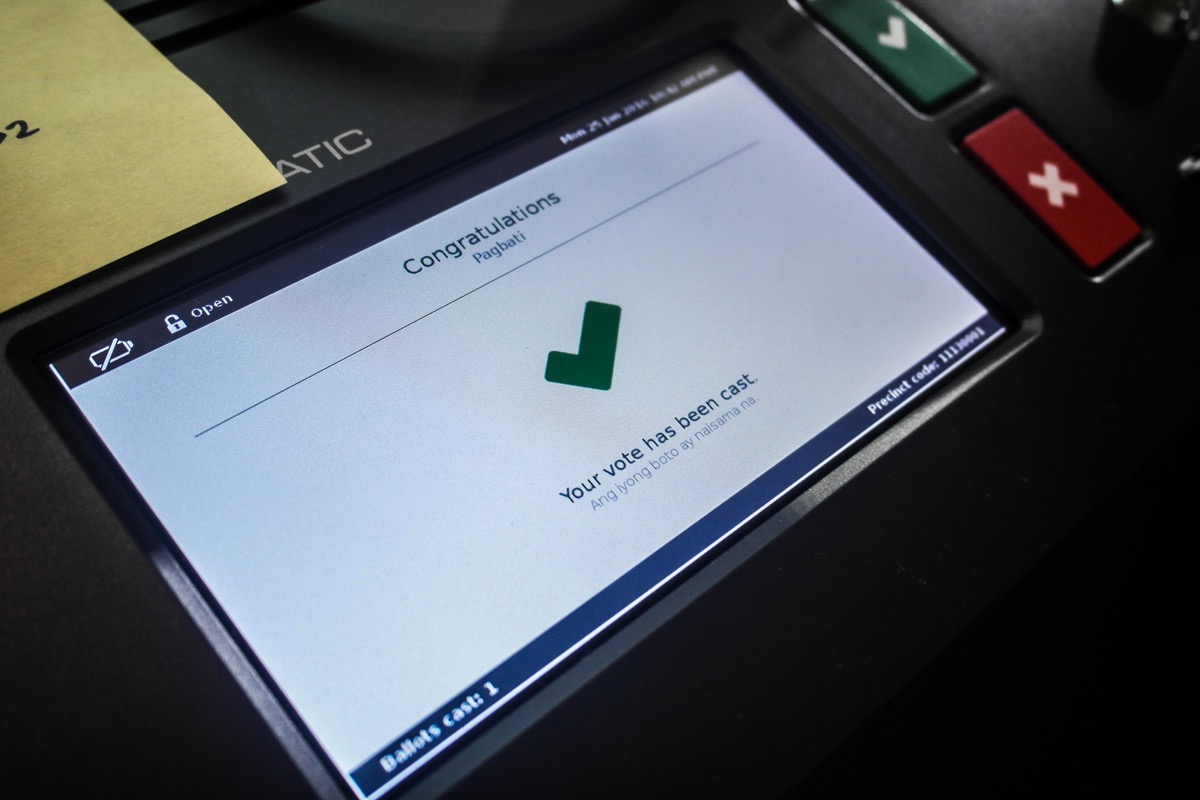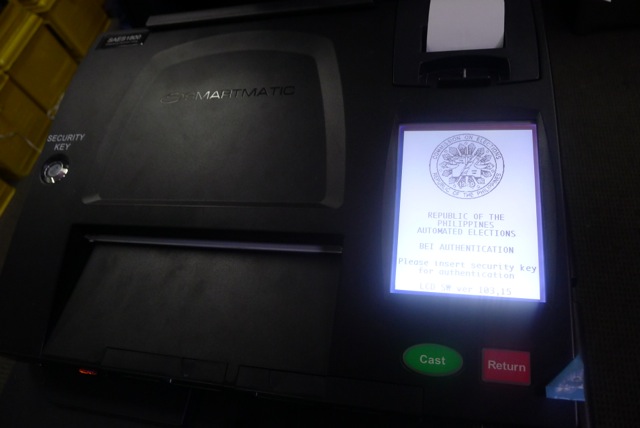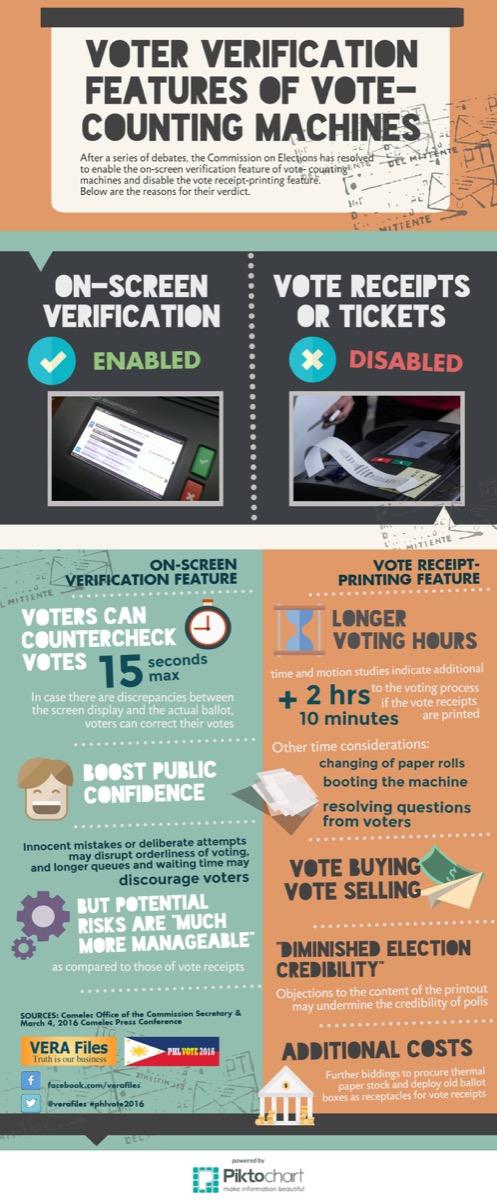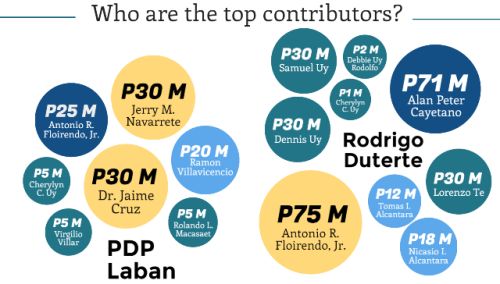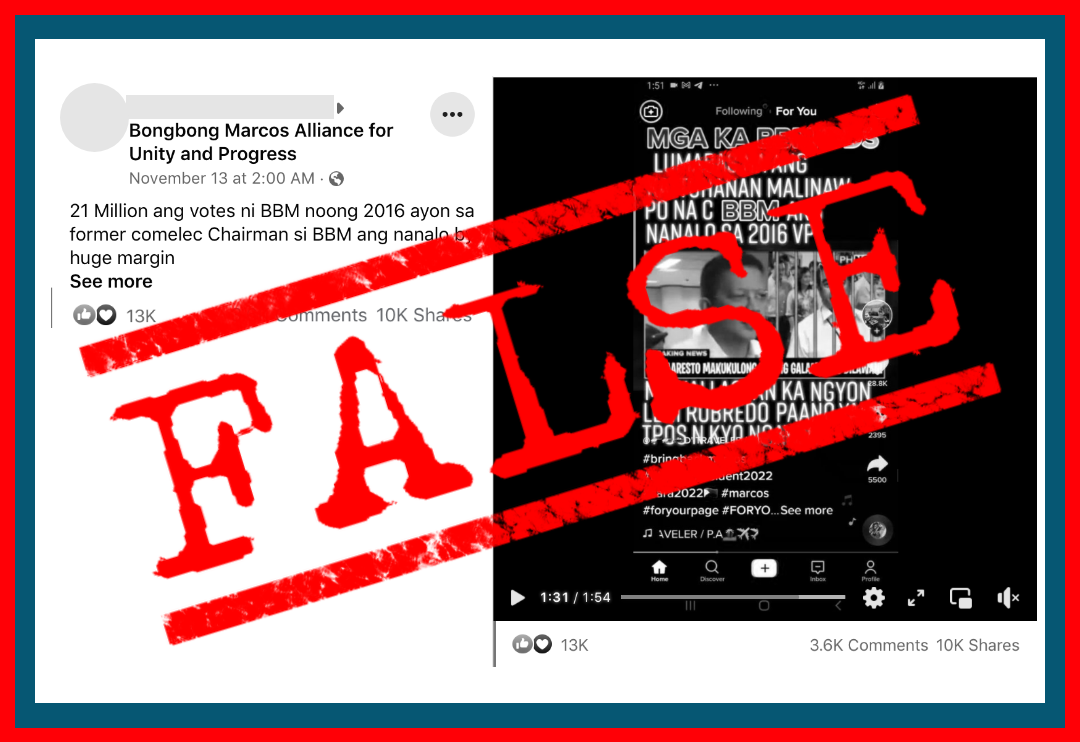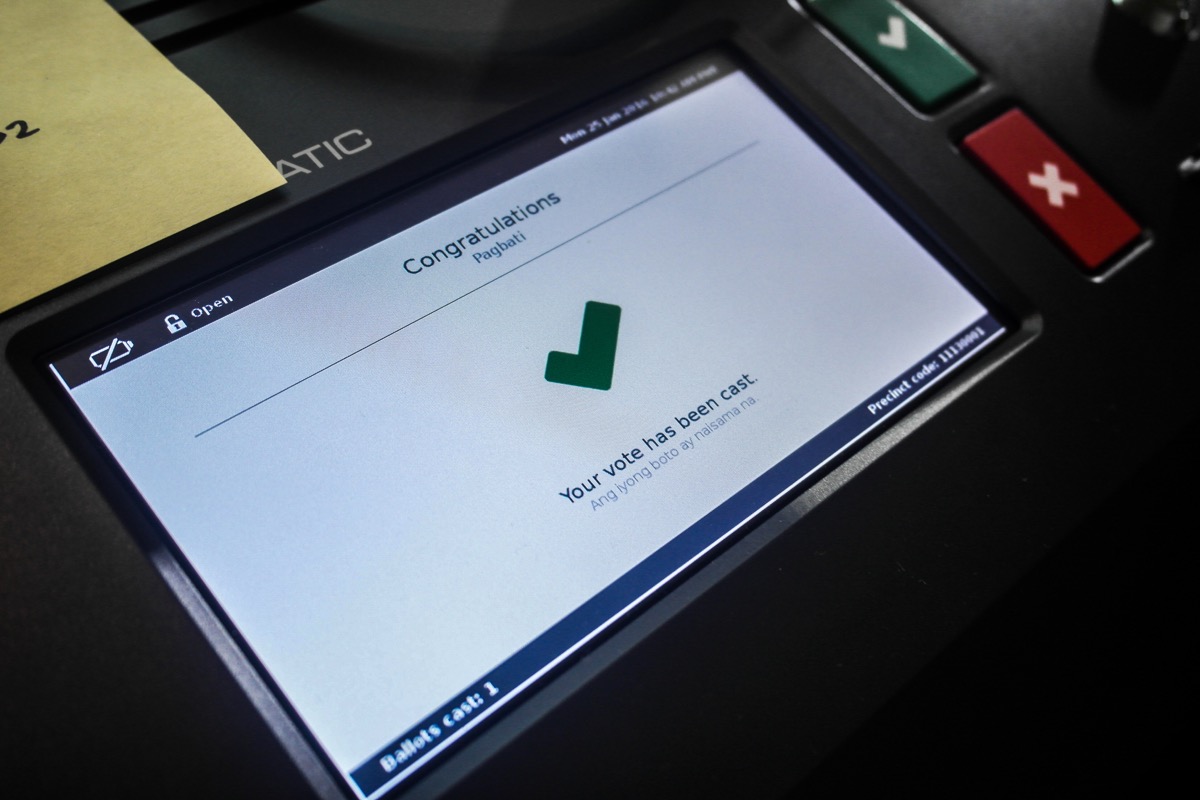
By MARIA FEONA IMPERIAL
IT is possible, but highly unlikely to rig the 2016 elections and use it to favor a certain candidate, given the security features of the automated election system (AES), says an information technology expert.
Only when there is “insider cheating” or conspiracy among those controlling the system can electoral fraud take place, former professor and automated election expert Pablo Manalastas told a joint congressional hearing at the Senate on Tuesday.
Manalastas, who has been reviewing the local source code feature of voting machines since the 2010 elections, said technology provider Smartmatic has “put in enough security to make it hard for outsiders to use the system to cheat.”
“The system is all secured. In order to be successful in hacking the system, you have to have the cooperation of people who are in charge of the databases, who have physical control of the machines,” he said.
“You must have all the passwords, all the signing keys,” Manalastas added.
On the possibility of people conniving, Marlon Garcia of Smartmatic said not a single person has access to all the components of the AES.
Different permission schemes are put in place that for one person to go from one point to another, he or she would need the permission of another group, such as the infrastructure group, information security group, databases and applications group.
“We have 1,720 canvassing centers deployed nationwide, none of those can be remotely accessed,” Garcia said. Even the chairman of the Commission on Elections doesn’t have access.
Those who plan on cheating would need to go side by side, and try to change something, he said.
But this can’t be done, since the system is locked and cannot be accessed unless one goes to the interface of the application.
Garcia added that manipulation is not possible even after the election results have been transmitted because the system is designed to display results in real time.
However, election watchdogs said they are not satisfied with the scheme, some of them pushing for the activation of the receipt-printing feature of the vote-counting machines (VCMs).
Poll chief Andres Bautista said at the hearing the Comelec en banc has unanimously decided to disable the feature because “the disadvantages outweigh the advantages.”
Under Republic Act 9369, the minimum system capabilities of the AES requires a system of verification for the voter to find out whether or not the machine has registered his choice, which, in this case, may be the Voter Verified Paper Audit Trail (VVPAT) feature of the VCM.
But Bautista argued that the verification system referred to in the law is the ballot itself because the VCM takes an image of the ballot when fed to it.
The Comelec chair said the main reason for their decision not to print the receipts is the issue of vote buying and selling, which is rampant in many parts of the country.
“If we print a receipt, it would make it very easy for the voter to collect from a candidate that he or she promised his or her vote to,” he said.
In addition, the en banc also considered longer voting hours, which may lead to longer queues that may “disincentivize” voters to exercise their right of suffrage.
If the ticket is printed, it would take about 13 seconds to print, 15 to 20 seconds for a voter to read and crosscheck the printout, and several minutes to change the ribbon once the paper roll is finished, Bautista said.
The bigger challenge they see, Bautista said, is the discrepancy between how the VCMs would appreciate the votes and how the person shaded the oval on the ballots.
The variance in numbers may be used by losing candidates to question the results and ultimately cast doubts on the credibility of the elections.
Meanwhile, Bautista clarified that they are still debating on whether or not to activate the on-screen verification feature, but they are leaning towards disabling it.
Senator Aquilino Pimentel III, who chairs the Joint Congressional Oversight Committee (JCOS) on the AES tested the VCMs himself shortly after the hearing.
“The features are impressive if the screen is activated, and the receipts are given,” he said.
Comelec said there are already 96,096 VCMs in the country, some of them stored in the Comelec warehouse in Sta. Rosa Laguna, and others in the National Printing Office, the government agency in charge of supervising the printing.
Of this number, 93,570 units have already undergone hardware acceptance testing. The Comelec has started printing of nearly 57 million ballots last Monday.
